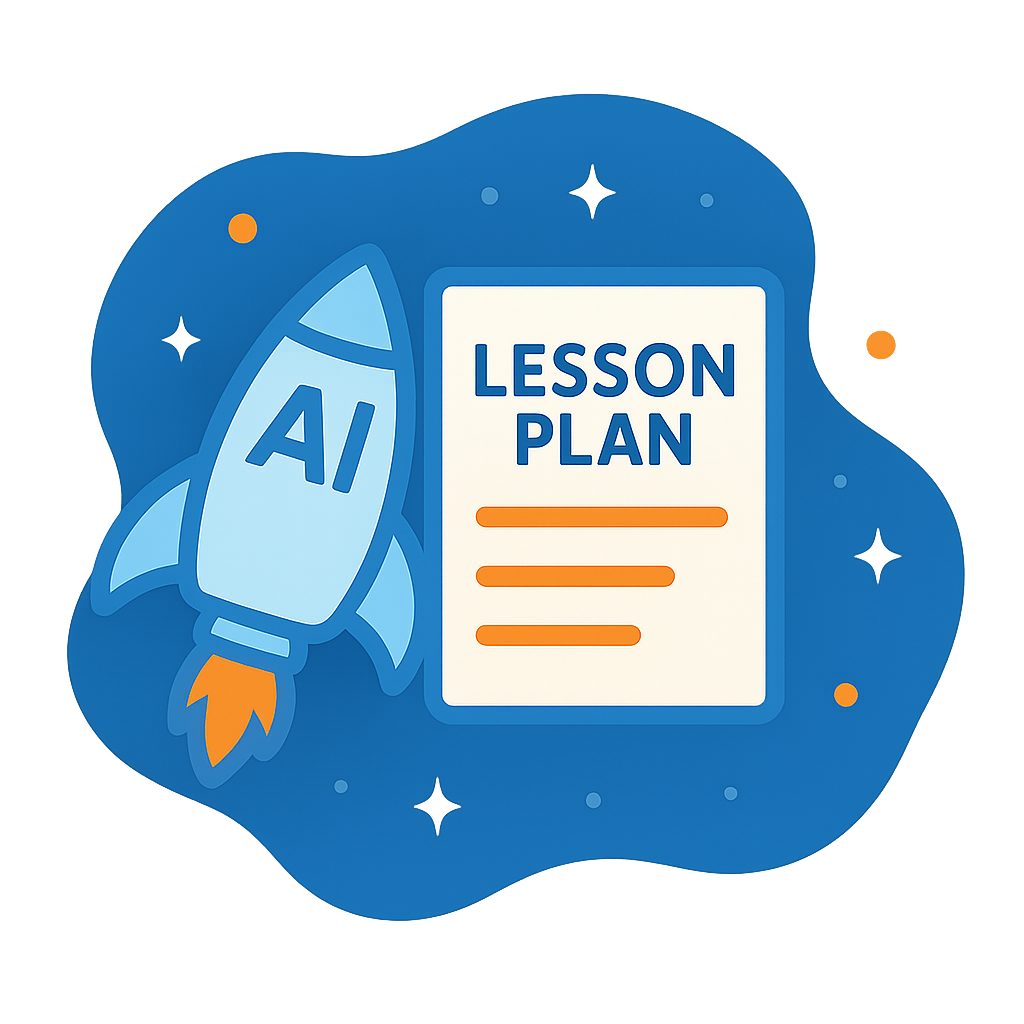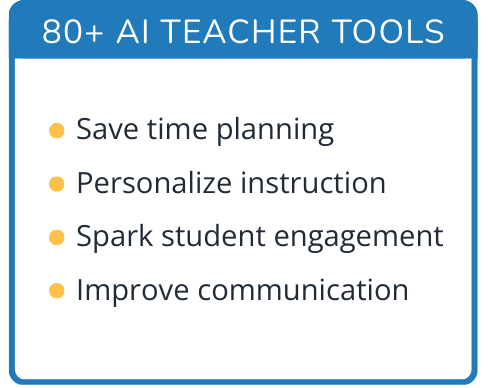Hi, what do you want to do?
Curated OER
Segmented Worms
In this segmented worms activity, students will review the characteristics of segmented worms including the earthworm, bristleworm, and leech. This activity has 7 fill in the blank, 3 true or false, and 3 matching questions.
Curated OER
Proteins
In this proteins instructional activity, students name the types of foods that supply proteins and determine how the body uses proteins. Students understand how to acquire complete proteins. This instructional activity has 1 graphic...
Curated OER
Non-Nutrients: Fiber and Water
Students discuss how much fiber and water a person needs each day. They use beans soaked in water to show the benefits of water to the human body. They also learn the health benefits to eating healthy.
Curated OER
Invertebrates
In this invertebrates worksheet, learners read about the characteristics of the different groups of invertebrates. Then students complete 10 multiple choice questions.
Curated OER
Human Trafficking & Modern Day Slavery - Introduction
Students identify the main reasons people are trafficked. With their classmates, they discuss the three-tier country-rating system. They explain examples and how they occur in today's society. Using the internet, they research a...
Curated OER
VERTEBRATES
Seventh graders describe the main characteristics of warm-blooded vertebrate animals. They compare and contrast the two different groups of warm-blooded vertebrate animals by looking at external, reproductive, and growth characteristics.
Curated OER
They Don't Just Eat Grass
Students explore and examine different types of feed used for livestock. They discuss types of feed, the need for energy and health, and create graphs of food compared to categories. Students organize data and complete worksheets on...
Curated OER
BLAST Algorithm
Learners explore a series of activities on using BLAST. In this biology lesson, students explain the significance of BLAST in DNA query. They give real world applications of BLAST.
Curated OER
Characteristics of Living Things
Learners examine the characteristics of living things. They list the differences between living and non-living things, explore areas around the school, and create a Venn diagram for items found in the school areas.
Curated OER
Imposing Democracy
Twelfth graders discuss the probability of imposing a democracy in a country in which there is no history of this type of government being successful. Using the internet, they work together to research Japan's experience with democracy...
Curated OER
Biology Trivia
In this biology trivia activity, students write short answers to 101 questions about animal classification, human anatomy, animal facts, and attributes of organisms.
Curated OER
What Can I Do?
Students identify ways to handle conflict. In this conflict resolution lesson, students brainstorm times when they had a conflict with a friend. Students develop a strategy to deal with conflicts in the future, such as talking it through...
Curated OER
Anatomy
Fifth graders identify and describe the functions of the major body systems. They discover how to maintain a healthy lifestyle with proper nutrition and exercise. They answer comprehension questions to end the lesson.
Curated OER
Eating a Nutritious Lunch
Students identify the types of foods and snacks they eat for their lunch. In groups, they identify healthy foods along with unhealthy foods. They design a new lunch menu using only healthy food and identifying which food group they belong.
Curated OER
Lactose Intolerance
Young scholars are taught how enzymes enable chemical reactions to occur a body temperature and how the lack of enzymes in the body can cause problems in the break-down and absorpion of nutrients. They match up different enzymes with...
Curated OER
Breaking News English: Red Meat Increases Risk of Cancer
In this English activity, students read "Red Meat Increases Risk of Cancer," and then respond to 1 essay, 47 fill in the blank, 7 short answer, 20 matching, and 10 true or false questions about the selection.
Curated OER
What Do We Have In Common?
Seventh graders perform a dissection on a mussels and label their internal organs. In groups, they compare and contrast the mussels structure to those of human beings. They also review the functions that are necessary for survival and...
Curated OER
Comparison of Four-, Six-, And Eight-bp Cuts in Calf Thymus Dna
High schoolers investigate the use of restriction enzymes to recognize a four-, six-, and eight-nucleotide sequence. They utilize restrictive endonucleases to cut Thymus DNA and compare results by viewing the DNA fragments on Agarose Gel...
Curated OER
Zoology Word Search Puzzle
In this literacy worksheet, students practice looking for the words that are related to the idea that is focused upon in the sheet. The skill of spelling is used and vocabulary increases.
Curated OER
Martian Mummies
Students participate in "Raiders of the Future", a role play about futuristic scientists sending a spaceship to Mars for research and exploration. They collect geological samples for analysis, discover the ruins of an ancient...
Curated OER
Cell Community
Seventh graders use technology to review cell structure and function. In this cells less, 7th graders review the parts and functions of a cell, and use photography/video and PowerPoint to enhance their explorations.
Curated OER
Adaptations
Eighth graders choose an animal and research its various adaptations using
their information, 8th graders create an informational tri-fold brochure or newsletter. They should include facts about the animal's adaptations as well as...
Curated OER
Lights On - We Have A Quorum
Students explore basic bacteriological techniques. They investigate cell to cell communication and become aware of the environmental and evolutionary implications of this communication.
Curated OER
Maternal Nutrition during Pregnancy and Lactation
Students explain the relationship among nutrition, infection and diseases. In this health science lesson, students suggest ways to break the nutrition-infection cycle. They brainstorm solutions to prevent infectious diseases in the...




























